He who holds the purse strings holds the power. It’s a well-worn adage, but no less accurate today than yesterday.
Understanding this reality, the Archuleta County Food System|Food Equity Coalition centered their recent work – as so many in their community struggled with pandemic-related challenges – on breaking down one real financial barrier to a more equitable food system. The Coalition includes organizations, community food agencies and groups, growers and producers, and individual community members from across the rural county nestled in the San Juan National Forest.
How did the Coalition take on the always present dynamics of access to resources and the power that implies? Their answer was participatory budgeting. At its heart, participatory budgeting seeks to engage more people from across the community in the process of developing programs, designing budgeting, and then determining where resources will go.
“Through participatory budgeting more people have more information about resources and thereby more people have a voice in how those resources are distributed,” said Dr. Drew Brown, who helped design and implement the process in Archuleta County.
Essentially, participatory budgeting replaces the traditional structure where a single organization makes decisions for the community with a framework allowing the organization to engage the community in making decisions for itself.
“We were particularly interested in funding projects that come from the community,” said Vanessa Skean, a member of the Coalition’s executive team. “This process gave us the structure to encourage community ideas, support community planning, and get direct community input on what programs they would support.”
That meant a process that ultimately produced nine potential programs, including everything from filling backpacks and providing snacks to heritage cooking classes, to gift cards to an online farmers market to a geothermal greenhouse partnership. More than 300 community members were registered to vote on how the $20,000 in grant funding would be allocated and many of the projects are now operating with the money they received. Local media, like the community radio station and community newspapers, helped to amplify the opportunities for engagement. (You can read more and hear the story here.)
“Every proposal was very unique in its own way,” said Dr. Mozhdeh Bruss, a member of the Coalition’s executive team. “The Coalition could not have come up with these ideas if we tried. Those were community ideas. That’s the power of this effort. Community ideas and community understanding of needed resources directed by the community.”
And as process participant Rose Chavez added, “The participatory budgeting process made it possible for community members to dream about the possibilities of an equitable food system. There is power in those dreams... for our beloved community to realize our potential to look out for each other.”


